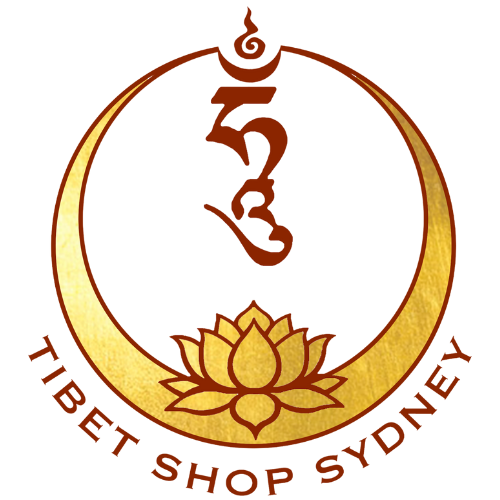
How to Use 108 Mala Beads
Share
Mala beads are sacred objects used by Buddhists (and other religions) during prayer and meditation. Wearing malas is common practice for Tibetan Buddhists who integrate this with their daily lives. e.g. you may see people counting their beads during mundane activities such as waiting in queue or sitting on public transport. Others might use it to induce calm when stressed or anxious.
For those that are new to mala beads, here are some tips on how to start using mala beads.
- Find a Welcoming/Comfortable Space: Sit comfortably in a quiet space where you won’t be disturbed. Light a candle or incense if you like to set the mood and give your meditation the best chance.
- Hold Your Mala: Hold the mala in your left hand, between the index or middle finger and the thumb finger. Start counting and move the beads beginning from the guru bead (the larger bead at the center).
- Recite Your Mantras: Begin chanting your chosen mantra or affirmation. Move to the next bead with each repetition. The guru bead is not counted; it’s a marker for starting and ending. A complete lap around the mala is usually considered to be 100 repetitions with the 8 extra serving there as 'insurance' in case you miss any mantras.
- Continue Around the Mala: Continue moving through each bead, maintaining focus on your intention. Take your time, breathe deeply, and stay present. It is very important that you breathe and relax.
- Complete the Circuit: When you reach the guru bead again, pause and express gratitude for your practice. You can choose to reverse direction or start a new round.
- Wear Your Mala: Many people wear their malas as a necklace or wrap it around their wrists. Let it serve as a reminder of your intention throughout the day.
Buddhist Mala Beads and Mantras to Recite
- Om Tare Tuttare Ture Soha (Green Tara Mantra): This mantra essentially calls upon Tara for protection, liberation from suffering, and assistance in overcoming obstacles both physically and spiritually. It is a powerful expression of the practitioner's devotion to Tara and a request for her blessings and intervention.
- Om Mani Padme Hung: This is the most popular of Tibetan Buddhist mantras and is the sacred mantra of Alokitesvara, the Buddha of compassion (image of Mantra in Tibetan script below). It helps purify the mind, cultivate compassion, and bring about a profound transformation in one's consciousness, aligning it with the qualities of Avalokiteshvara. This mantra is widely inscribed on prayer wheels, prayer flags, and stones, and recited by Buddhists around the world. A detailed Buddhist instruction on the benefits of chanting this mantra is available on the FPMT website.

- Om Ah Ra Pa Tsa Na Dhi: This is the sacred mantra of wisdom Buddha Manjushri. The mantra is believed to enhance wisdom and improve skills in debating, memory, writing, and other literary abilities.
- You may also have taken various initiations or adopted your own Buddhist practice and can therefore recite mantras that are most suited to your situation
What if I am not religious?
That is fine. You can use the mala to count breaths or even affirmations such as:
- May I be happy. May I be well. May I be peaceful.
May you be happy. May you be well. May you peaceful
May all sentient beings be happy. May all sentient beings be well. May all sentient beings be peaceful.. - I am exactly where I need to be right now.
- All things are temporary.
- I will let of things that I cannot control.
All the best and we hope that you find a mala bead for your practice.
Image on top: Standard Bodhi Seed Mala.
